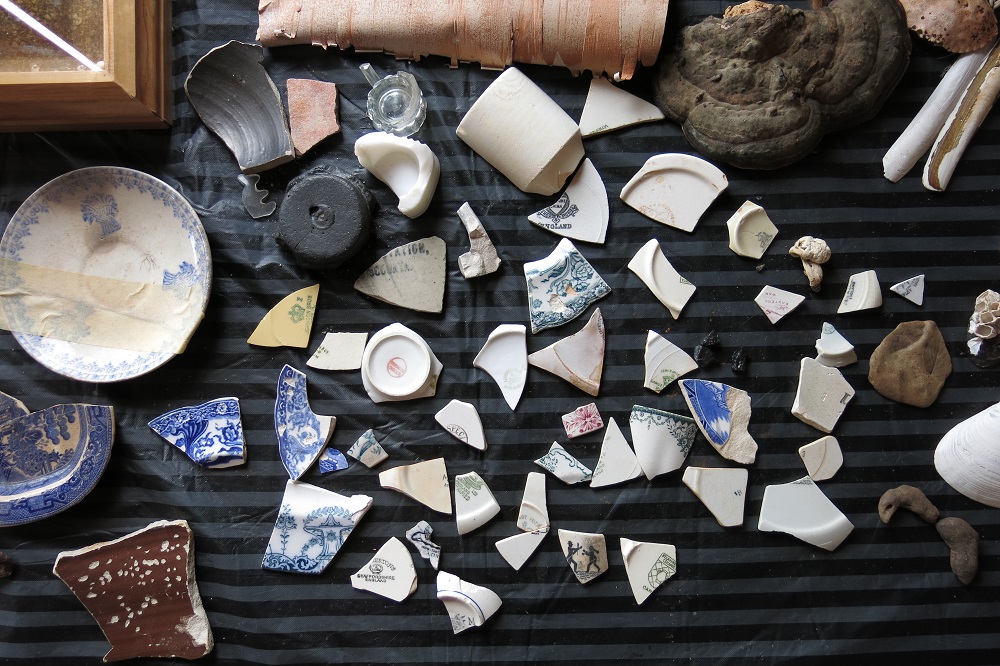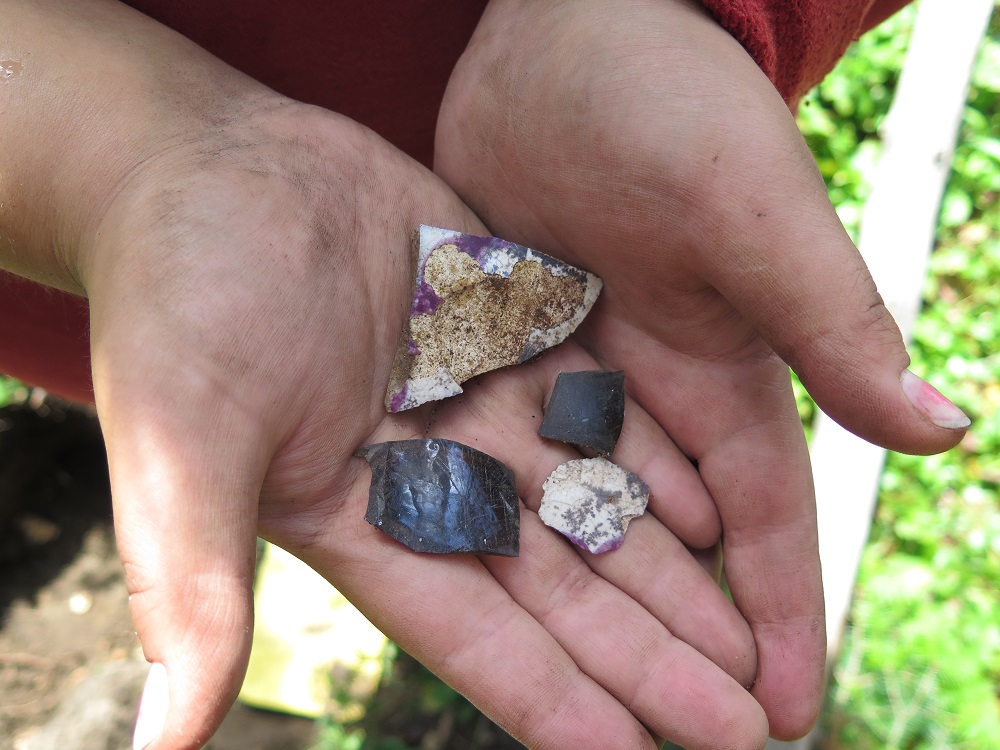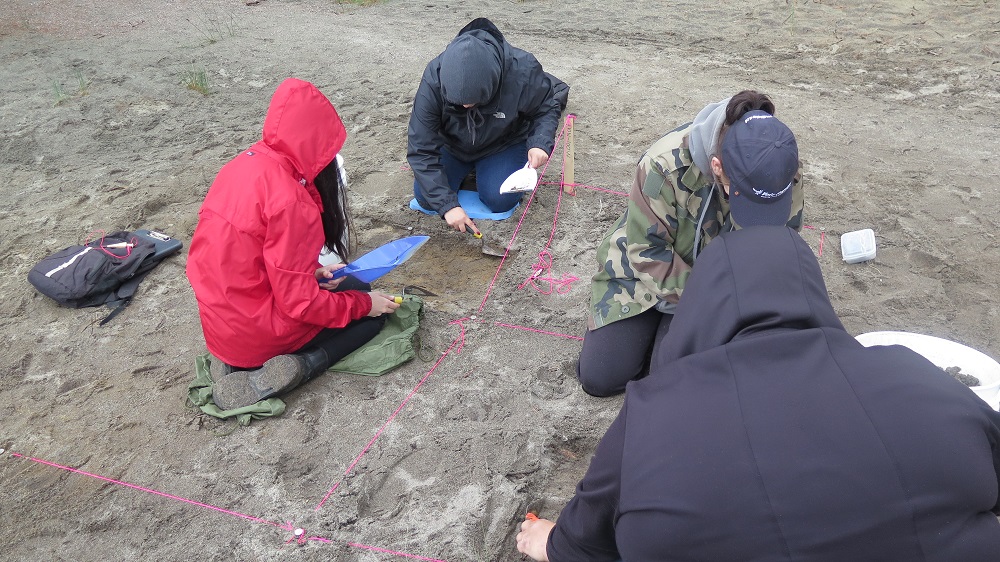Conclusion of the Digs
Let’s sum up our archaeological adventure and what it taught us about Pointe-aux-Outardes. It started in 2015, based on a few fortuitous discoveries. These objects of European and Indigenous origins, out of context, revealed the archaeological potential of the Point.
In 2016, an inventory was carried on, in order to better understand the importance of this potential; it lasted two summers. The numerous artifacts found during this step of the process revealed data related to the European inhabitants of this part of the Point from the end of the 1800s to the beginning of the 1900s. This interpretation was confirmed by the testimony of M. Elzéar Lévesque who acknowledged having lived in this sector during the first half of the 20th century. Nonetheless, no structure related to any Eurocanadian presence of that period were ever found during the works.
Regarding the Indigenous occupancy of the Point, the discovery of the combustion zone contributed a lot to the understanding of the site. The variety and quantity of stone tools found during the inventory revealed the exploitation of the Point by First Nation People. The digs of 2018 led to a better understanding of the types of economical activities that were carried at the Point, and the moment of the year it happened. In addition, this data finds a confirmation in written records. The logbook of Father Henri Nouvel describes such activities, besides the way of life of the ancient Innus. Not only did the digs documented the subsistence activities that were carried at the Point, but also revealed a fairly precise date associated with the presence of Indigenous People in that region. However, this date can only be associated with the combustion episode, and not to all of the activities that were carried at the Point. This is why it would be interesting to organize another dig over there in the future. Who knows if more ancient vestiges could be found, revealing us another chapter of this still shadowy history?
Archeo-Mamu Côte-Nord 2020




